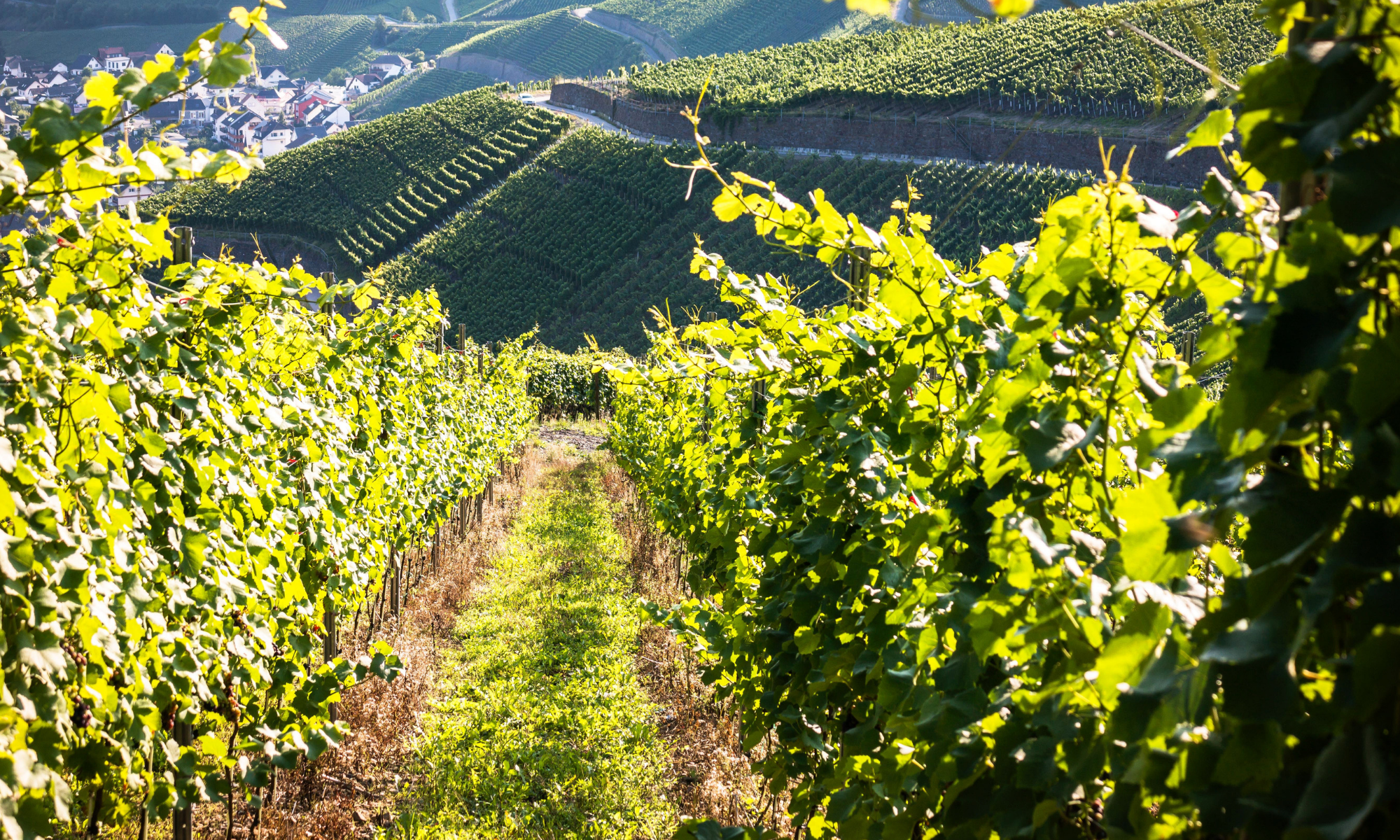 Do flowers talk? And if they do, can we hear them? Sara Levine addresses these – and more questions – in her new book.
Do flowers talk? And if they do, can we hear them? Sara Levine addresses these – and more questions – in her new book.
Flower Talk: How plants use color to communicate
by Sara Levine; illus. by Masha D’yans
32 pages; ages 7-11
Millbrook, 2019
Hey, You! PSSST! Down here! That’s right – I’m a plant, and I’m talking to you!
Plants don’t make a habit of talking to humans, but they do in this book because the plants want to clear up some crazy human ideas about what their colors mean. Red roses do not – at least according to the plants – stand for love. That is, our plant-land guide says, “a load of fertilizer!”
Plants use their flowers to talk to animals. They need bees or birds or bats to carry their pollen from one plant to another so they can make seeds. In exchange, they offer sweet rewards – nectar.
What I like about this book: I love the conversational way it’s written, with the plants speaking directly to the reader. Who knew plants could talk? I mean, with words, not color or scent.
I like that pages are color-coordinated: yellow pages for discussing yellow plants.
I like how the plant, at the end, tells the reader to go take a hike. “I’m pretty busy,” says the plant. “I’m making a new flower.”
And I like the back matter: more details about pollination, things kids can do to protect pollinators, and suggested reading.
Head over to Archimedes Notebook for some beyond-the-book activities.

It’s STEM Friday! (STEM is Science, Technology, Engineering, and Mathematics)
Copyright © 2019 Sue Heavenrich All Rights Reserved.

















